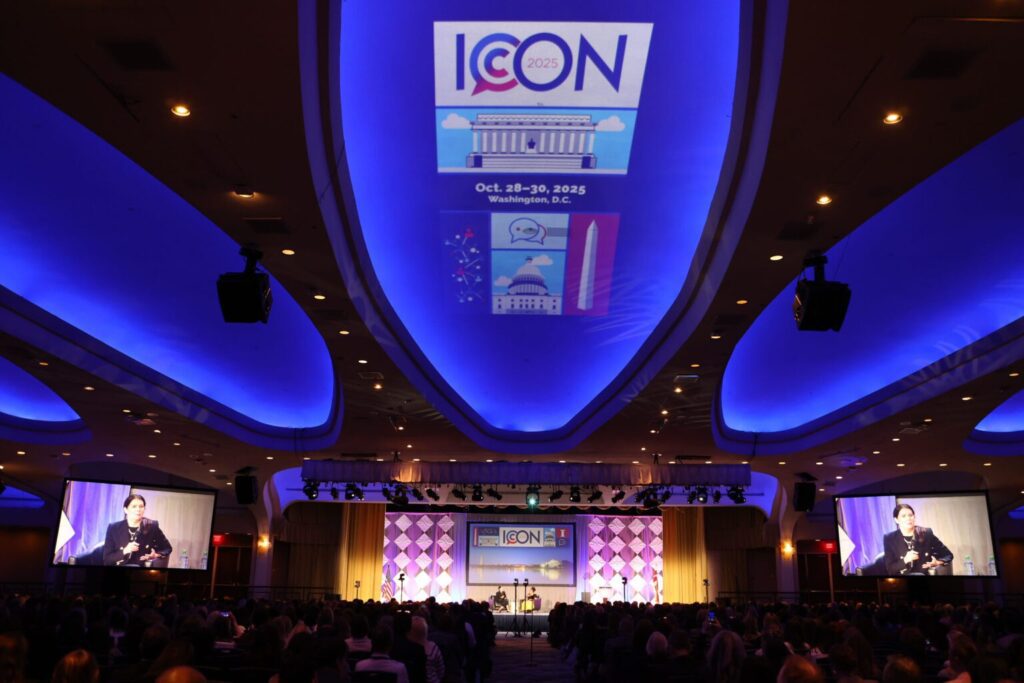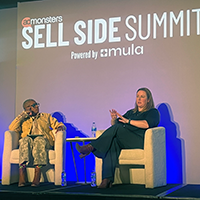No company relishes negative feedback from its customers. But in this age of growing demands and increased channels for communication, everyone’s getting it. In fact, our data show that neutral to discontented customers make up the largest segment of most every company’s customer base.
The standard corporate reaction to customer dissatisfaction sounds a lot like the Wicked Witch of the West singing “Don’t Nobody Bring Me No Bad News” in the musical “The Wiz.” Most companies expend their energies on the good news, reading it as a sign that things are not as bad as internal realignments, budget struggles, turnover and apathy might imply. Some build massive marketing machines (agencies, reference programs) that swoop in to promote happy customers while turning a blind eye to what have been coined “passives” and “detractors.”
How you react when a customer is unwilling to recommend your company or solution is a strong predictor of the longevity and success of your business. Why? Because what is preventing customers from speaking on your behalf is likely also making them hesitant to repurchase, to use your solutions effectively, or to list your company as a preferred vendor. Do you take the “ignore it and the problem will disappear” route? Do you put the blame on marketing or the policies of your customers themselves? If so, don’t expect a long, healthy business life.
Unhappy customers are indicators—early warning signs that you may have pursued the wrong market, targeted the wrong base, misaligned your employees’ objectives, taken a successful model from one industry and tried to force it on another, or even created disincentives for the sales team to engage after the sale.
Not only are detractors at risk of defecting, but they’re often accounts that gobble up resources, require your executives to be on call and constantly at the ready for the next escalation, or are reluctant to repurchase or renew their agreements. It doesn’t take a CFO to realize that longer (and often smaller) sales cycles and more unplanned resources are bad for profit. Nor does it take a PR person to tell you it’s highly likely these unsatisfied customers are voicing concern to others who influence your company’s standing: analysts, the press, their peers and other players.
On the flip side, customers’ willingness to refer is a powerful indicator of your company’s ability to meet and exceed expectation. When they trust you are attentive to their needs, satisfied customers will put their reputation on the line, reveal competitive information, and go out of a limb for you. Boeing senior engineering staffer Lu Jackson has felt his share of customer alienation. “In the past 25 years in this industry, I’ve received many satisfaction surveys and requests from vendors regarding my willingness to recommend them. Yet when I express dissatisfaction, those same companies seem to ignore my feedback,” Jackson says. “It seems the people reviewing the surveys and asking the ‘will you recommend us’ question are not in a position to do anything about my response unless it’s a straightforward and easy yes.” Jackson is clearly not alone in his frustration. “We have a strategic vendor who sends my entire team a satisfaction survey each year and, in some cases, after each transaction,” laments the chief information officer of a nonprofit organization. “For years we’ve complained about their service responsiveness, the knowledge of their sales team and ongoing innovation. Nothing ever changes—except the PR people and agencies that ask me to do case studies and tell my story. I have no reason to engage with them—in my mind, the more we buy from them, the less incentive they have to listen.”
Here are a few early warning signs regarding your company’s failing health:
• The customers who are willing to talk on your behalf demand deep discounts, cash, or “points” to do so, or they use their revenue influence as a hard stick when negotiating.
• Your customers’ willingness to speak publicly on your behalf isn’t fluid, it’s vapor. There is a sense that those “happy customers” must be requalified and their willingness to recommend reevaluated every time you approach them.
• The point at which customers are willing to recommend keeps moving further away from points of purchase and implementation or deployment and requires increasingly more services or fixes.
• Customers provide factual and noncommitting testimonials with essential information alone, resulting in more questions begged by the prospect.
• Regardless of what you offer reference customers, they always seem to have excuses for why they can’t refer.
The good news is, the discontents haven’t defected yet. There is still time to address the root causes of your company’s failing health and apply a cure.
Many executives, especially in sales, are quick to point the finger at marketing—your customer reference program is broken, or the industry is overloaded with too many marketers offering too little of value to the same prospects, which means someone needs to offer customers discounts. Others might insist that your program—designed to manage only happy customers—needs more resources, or a better strategy, or a stronger value proposition for recruitment. More money gets thrown at creative incentives and agencies promising to turn every customer into a reference. It takes more and more to get less and less: watered-down stories and passive advocates.
The truth is, when these symptoms show up in your company, the problem has very little to do with marketing and everything to do with the business itself. Regardless of how many people you send running after customers, there will be no relief. It’s expensive to serve unhappy customers, and it’s even more challenging to try to grow those relationships. So before it escalates, start asking why. Examine the common challenges those customers are faced with and address them systematically.
We get it: Business is challenging. Regardless of the temptation, however, you can’t afford to close your ears to the negative feedback or simply write off the customers who refuse to recommend. Unhappy accounts are hot to handle and expensive to hold. Negative or neutral customers are terrible for your brand; they damage growth drivers and margins. On the other hand, there can be great rewards from the customer relationships you turn around. Those you cultivate will become your best advocates.
Promise Phelon is CEO of The Phelon Group (www.phelongroup.com), a Sunnyvale, CA-based consultancy specializing in “customer leverage.”



